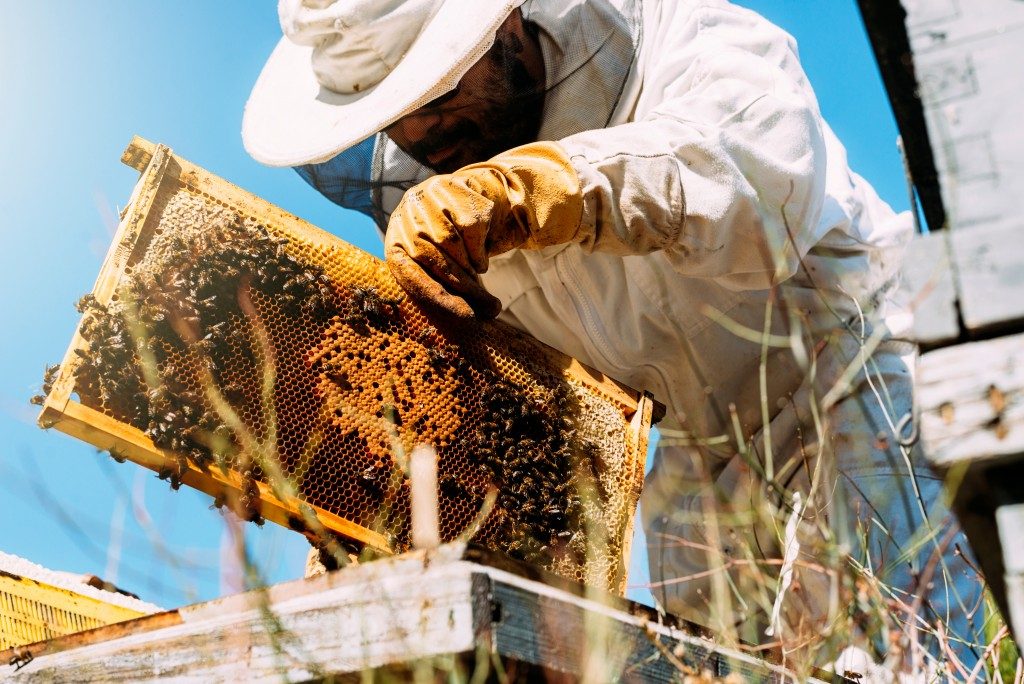Honeybees can adapt to most environments. They always prepare well for adverse conditions such as the cold of winter. However, their preparations might not be enough, which makes it essential to support them. Understand that interfering too much can do more harm than good. This makes it necessary to approach winterising your hives cautiously. What are some workable ways to protect your bees in the winter?
Move Your Hives
This is the most basic way to protect your hives. If your beehives are in the open, moving them during the winter can defend them. Understand that you cannot just place your hive anywhere. Choose a spot where they will get enough winter sun. Most importantly, the spot should be safe for the bees. Choosing a low foot traffic area helps avoid bothering them. Such an area also helps avoid bee attacks.
Cover Them
If you live in an area that experiences harsh winters, you should protect your hives against snow and cold temperatures. Covering the hives helps keep them warmer. The covers also act as windbreakers if your hives are in a windy spot. This is important because winter storms can kill all of your bees. It pays to research how to install a hive cover because it would only offer quality protection if it is on securely. Ensure that it would be secure even in the harshest of winter storms. It pays to buy bee keeping supplies from reputable suppliers to get high-quality ones.
Do not Over harvest the Honey
Bees prepare enough honey to help them survive in the winter. If you over harvest, your bees will starve, especially if the season prolongs. It is true that you can always feed them. However, you should know that artificial feeding is likely to affect the health of the colony. If you must feed them, use raw honey on warm winter days. If you would be using sugar syrup, opt for refined organic sugar. It is advisable to make it thick.
Protect Against Pests
Mice find beehives the perfect place to hide in the winter. In most cases, they cause bees to flee, especially when they build nests inside the hives. It is true that bees can protect themselves against mice. Since they cluster together in the winter to generate warmth, however, mice and other pests can sneak in easily. Installing a mouse guard over the hive’s entrance helps keep mice out. Understand that mice start preparing for winter early. This makes it essential to ensure that mice have not moved in already before installing the guard.
Remove Unnecessary Space

The larger the area, the harder the bees will have to work to stay warm. You can help your bees by pulling off all empty boxes. This helps address heat diffusion, meaning that the bees would not need to expend more energy when warming their cluster. Removing unnecessary space also means no area for critters seeking abode in the hive.
Your winterising efforts will only yield results if done at the right time. If you are new to bee keeping, you should familiarise yourself regarding when to start the exercise. Since winters will always be different, you should stay keen regarding weather changes.









